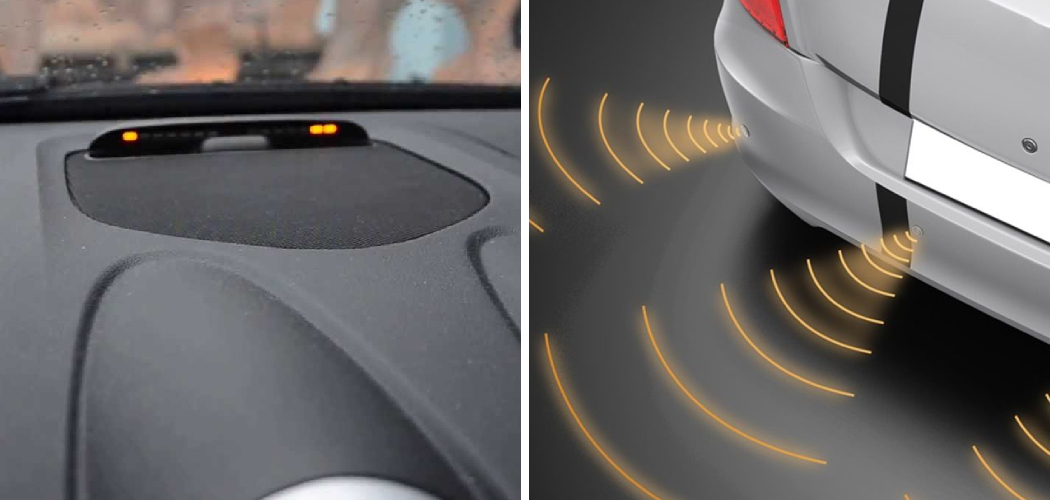Are you tired of constantly bumping into objects while trying to park your car? This is where parking sensors come in handy.
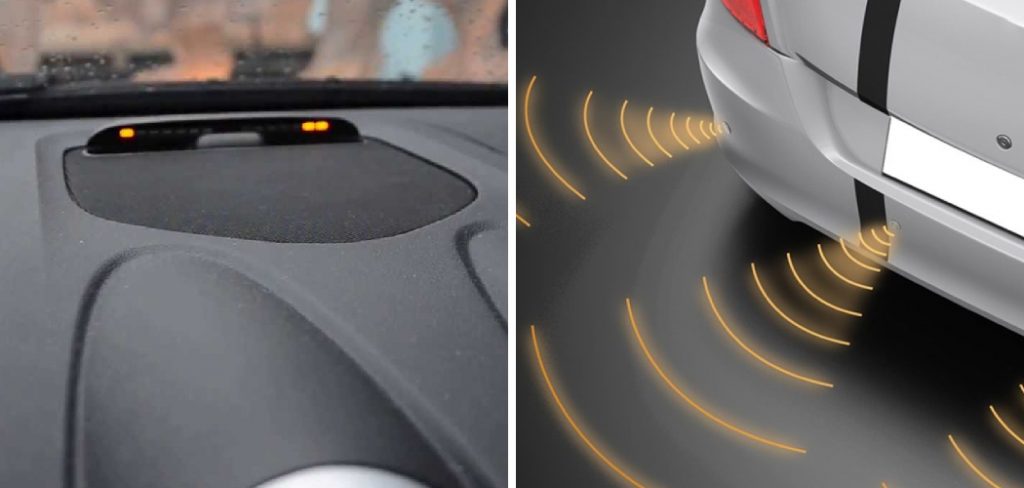
Parking sensors are devices designed to assist drivers in maneuvering their vehicles safely in tight spaces. Using ultrasonic or electromagnetic technology, these sensors detect objects around the car and provide auditory or visual alerts to help prevent collisions. Typically installed in the front and rear bumpers, parking sensors measure the distance between the car and nearby obstacles, allowing for precise parking even in challenging conditions. This technology has become a standard feature in many modern vehicles, greatly enhancing convenience and safety during parking.
In this article on how parking sensors work, we have covered the basics of this useful technology. Let’s dive deeper into the different types of parking sensors and their capabilities.
What Are the Benefits of Parking Sensors?
Parking sensors offer drivers a range of benefits, making parking vehicles easier and safer. Some key benefits include:
- Enhanced Safety: With the ability to detect obstacles in blind spots, parking sensors greatly reduce the risk of collisions while reversing.
- Convenience: Parking sensors provide drivers with an accurate distance measurement from surrounding objects, allowing for precision when maneuvering into tight spaces.
- Time-saving: With parking sensors, you can avoid the hassle of repeatedly adjusting your vehicle’s position while trying to park. This saves time and effort, especially in busy environments.
What Will You Need?
If you are interested in installing parking sensors on your vehicle, there are a few things you will need to consider and have before getting started.
- Vehicle Compatibility: Parking sensors may not be suitable for all types of vehicles. It is important to check whether your car is compatible with the specific parking sensor system you want to install.
- Budget: Depending on the brand and features, parking sensor systems can range from relatively inexpensive to quite costly. You should determine how much you are willing to spend on this upgrade before purchasing.
- Tools and Equipment: Installing parking sensors may require some tools such as a drill, screwdriver, and wire strippers. Make sure you have all the necessary equipment before starting the installation process.
8 Easy Steps on How Parking Sensors Work
Step 1. Sensor Activation:
Parking sensors are activated when you start your vehicle or shift into reverse gear, depending on the system design. This activation ensures the sensors are ready to detect obstacles around your car. Some systems include a manual switch, allowing you to turn the sensors on or off as needed.
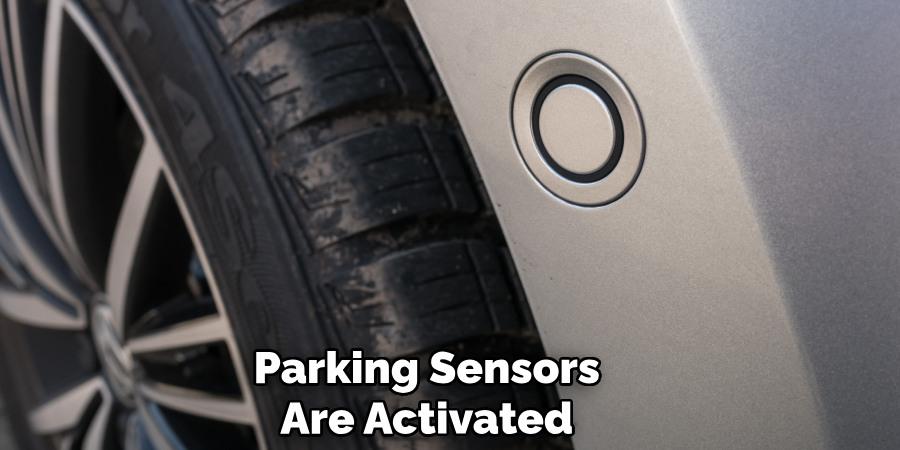
Once activated, the sensors emit ultrasonic or electromagnetic signals to monitor the surrounding area for objects. This initial activation phase is crucial as it primes the system to provide accurate feedback during your parking maneuvers.
Step 2: Object Detection and Feedback
Once activated, the parking sensors continuously scan the surrounding area for obstacles. When an object is detected within the sensor’s range, the system processes the data and determines its distance from the vehicle.
This information is conveyed to the driver through audible beeps, visual displays, or both. The closer your vehicle gets to the object, the more frequent and intense the alerts become, enabling precise and safe parking maneuvers.
Step 3: Advanced Features and Automation
Modern parking sensor systems often have advanced features to enhance convenience and safety. Some systems integrate with backup cameras to provide a comprehensive view of the surroundings.
In contrast, others include automated parking assistance, which can take control of the steering to park the vehicle for you. These innovations reduce the margin for human error and make parking in tight or challenging spaces significantly easier. Additionally, some systems adjust sensor sensitivity based on the vehicle’s speed to improve accuracy and functionality.
Step 4: The Future of Parking Assist Technologies
As technology advances, parking assist systems are expected to become even more sophisticated and user-friendly. Some researchers predict that fully autonomous parking systems will be available shortly, eliminating the need for drivers to participate in the parking process actively.
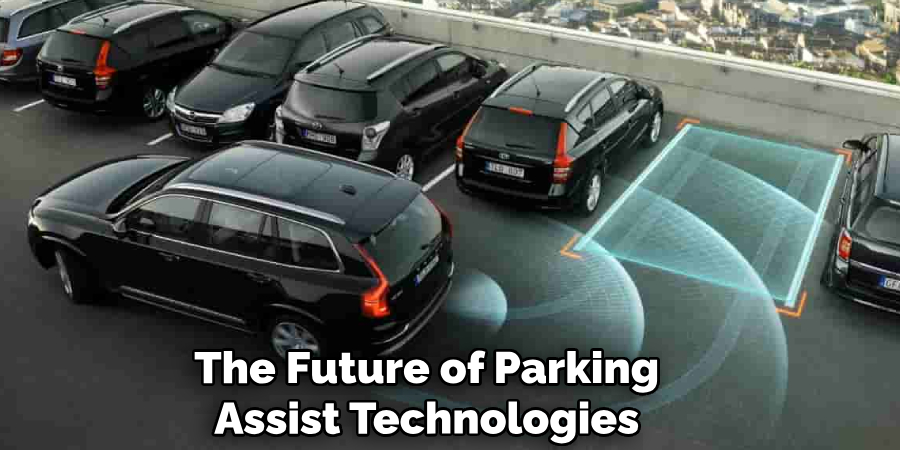
In addition, advancements in artificial intelligence and machine learning are also expected to improve the accuracy and functionality of parking assist technologies. These systems can analyze data from multiple sources, such as sensors and cameras, to make more informed decisions while navigating tight spaces or obstacles.
Step 5: Detection of Parking Spaces
Detection of parking spaces is a critical component of modern parking assist technologies. This process involves utilizing an array of advanced sensors, including ultrasonic, radar, and camera-based systems, to identify potential parking spots.
These sensors work in tandem to scan the environment and detect spaces suitable for the vehicle’s size and dimensions. Once a spot is identified, the system calculates the optimal trajectory for parking and communicates this information to the driver or the automated system.
Furthermore, advancements in spatial recognition and AI-driven algorithms play a vital role in enhancing the precision of parking space detection, particularly in crowded or complex environments. These systems can differentiate between genuine parking spaces and temporary obstructions, such as areas blocked by shopping carts or construction materials.
Over time, these technologies are expected to integrate real-time data from infrastructure networks, such as smart curbs and parking lots, to provide even greater accuracy and efficiency in detecting available parking spaces.
Step 6: Path Planning
Path planning is a critical component in autonomous vehicle systems as it determines the optimal route for the vehicle to follow while ensuring safety, efficiency, and adherence to traffic regulations.
This process involves analyzing the vehicle’s surroundings using sensor data, maps, and real-time environmental information. Advanced algorithms are employed to create a trajectory that avoids obstacles, respects road signs, and accommodates dynamic elements such as pedestrians, cyclists, and other vehicles.
Modern path planning techniques often combine global and local planning approaches. Global planning focuses on mapping out an overall route from the vehicle’s origin to its destination, typically utilizing high-definition maps or GPS data. On the other hand, local planning adapts this route in real time, accounting for immediate environmental changes like unexpected roadblocks or sudden traffic flow shifts.
Machine learning and AI play an increasingly vital role in improving the decision-making processes involved in path planning by enabling systems to predict the behavior of other road users and adjust movement accordingly.
Step 7: Automatic Maneuvering
Automatic maneuvering represents one of the most intricate and essential aspects of autonomous vehicle operation. It involves precisely executing driving actions such as lane changes, turns, merging onto highways, or navigating complex roundabouts.
These maneuvers require a high level of accuracy, safety, and efficiency to ensure the smooth operation of the vehicle while adhering to traffic laws and regulations.
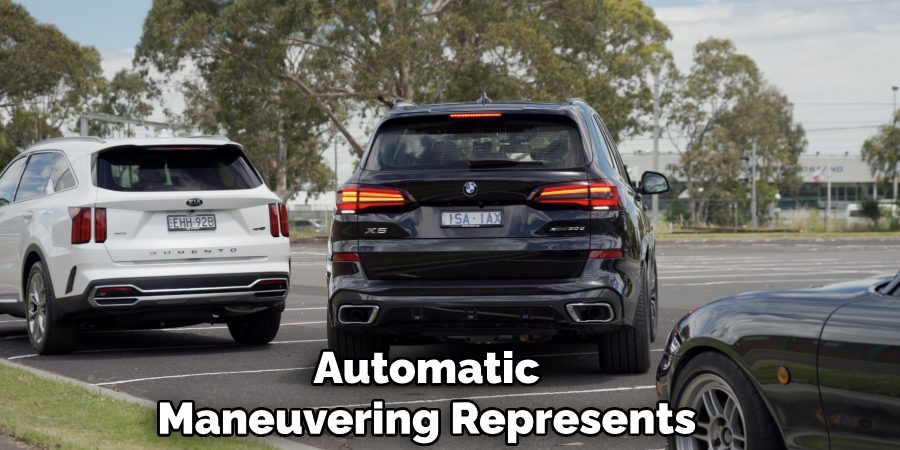
Step 8: Real-Time Communication
Real-time communication is crucial for successfully operating autonomous vehicles within a connected transportation ecosystem. This step involves using vehicle-to-vehicle (V2V) and vehicle-to-infrastructure (V2I) communication technologies to exchange information about traffic conditions, road hazards, and environmental changes.
By leveraging these communication systems, autonomous vehicles can make faster, more informed decisions, enhancing overall safety and improving traffic flow.
By following a set of standardized communication protocols, autonomous vehicles can seamlessly communicate with other cars and infrastructure devices regardless of their make or model.
5 Things You Should Avoid
- Ignoring Sensor Placement
Incorrect placement of parking sensors can lead to inaccurate readings or blind spots. Always ensure that sensors are installed at the recommended height and angle for optimal performance.
- Neglecting Regular Maintenance
Dirt, grime, or debris on the sensors can interfere with their functioning. Cleaning parking sensors regularly is essential to maintaining their accuracy.
- Over-Reliance on Sensors
Parking sensors are designed to assist, not replace, driver awareness. Relying solely on sensors without visually checking surroundings can lead to accidents or missed obstacles.
- Using Non-Compatible Equipment
Installing subpar or non-compatible sensors can cause malfunction or failure. Always use high-quality, vehicle-specific sensors recommended by the manufacturer.
- Ignoring Sensor Alerts
Disregarding beeps or alerts from parking sensors can negate their purpose. Pay attention to the warnings and act accordingly to ensure safety while parking.
What are the Types of Parking Sensors?
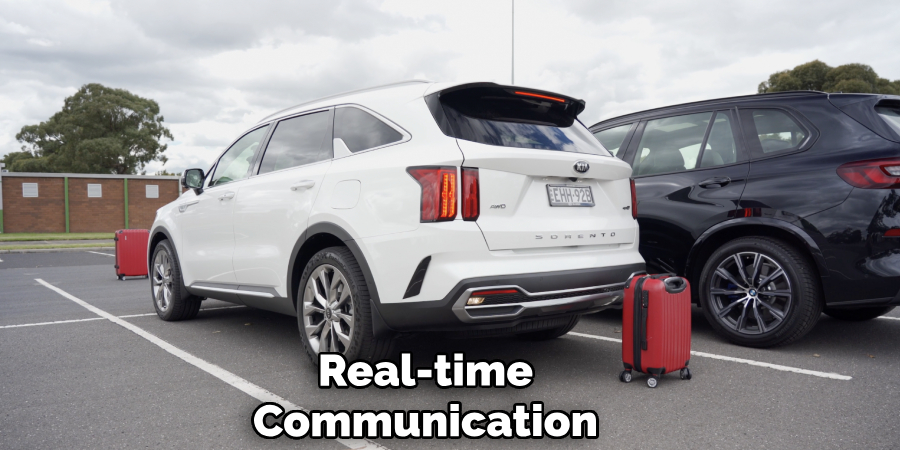
- Ultrasonic Sensors: These sensors use sound waves to detect objects, emitting high-frequency pulses that bounce off obstacles and return to the sensor. The time it takes for the wave to return helps determine the distance between the vehicle and the obstacle.
- Electromagnetic Sensors: Electromagnetic sensors rely on a magnetic field to sense nearby objects. They can be installed in or behind bumpers and do not require drilling holes, making them popular for aftermarket installations.
- Camera-Based Systems: Camera-based systems use multiple cameras mounted on different vehicle parts to provide a 360-degree view of the surroundings. They also offer advanced features such as lane departure warnings and blind spot monitoring.
- Laser Scanning Systems: Laser scanning systems use laser beams to create a 3D map of surroundings. They can detect even small objects with high accuracy, making them a popular choice for autonomous vehicles.
- Infrared Sensors: Infrared sensors use infrared light to detect objects. They are instrumental in low-visibility conditions like fog or heavy rain. Infrared detectors can also see through certain materials, making them ideal for detecting objects hidden behind walls or other obstacles.
Conclusion
Parking sensors are invaluable devices that enhance vehicle safety and convenience by detecting obstacles in a vehicle’s path. They employ various technologies to sense objects with remarkable precision, including ultrasonic waves, electromagnetic fields, LiDAR, and infrared light.
By processing signals from these sensors, the system alerts drivers to potential hazards, reducing the risk of collisions and improving parking accuracy. Their adaptability to various environmental conditions further underscores their effectiveness, making them an essential feature in modern vehicles.
Hopefully, the article on how parking sensors work has provided you with a better understanding of this crucial technology.

